Large logistics companies processing thousands of transport documents daily encounter significant challenges due to the absence of standardized templates for important documents. These templates vary depending on the transportation method – such as seaway, multimodal, or air waybill – and geographical region. The diverse range of unstructured data and document formats (including PDF, PNG, and XLS) requires manual reprocessing to consolidate them into a unified format, resulting in additional time.
Moreover, a staggering 13% of transportation documents need manual reworking due to human errors, as highlighted by Shipamax.com research. For instance, a simple typo in the document’s number can cause major delays in shipment pickup, exacerbating the challenges faced by logistics companies.
In addition to the formatting challenges, variations in terminology (e.g., Quantity, QTY, Pcs) further complicate the processing. Manual review and data extraction from these documents often result in payment delays, claim denials, and potential penalties and fines. Sounds like too much, right?
Given all that, transportation companies might want to consider automation and Intelligent Document Processing (IDP), which can substantially improve the level of accuracy in document turnover and thus enhance the overall efficiency of everyday work.
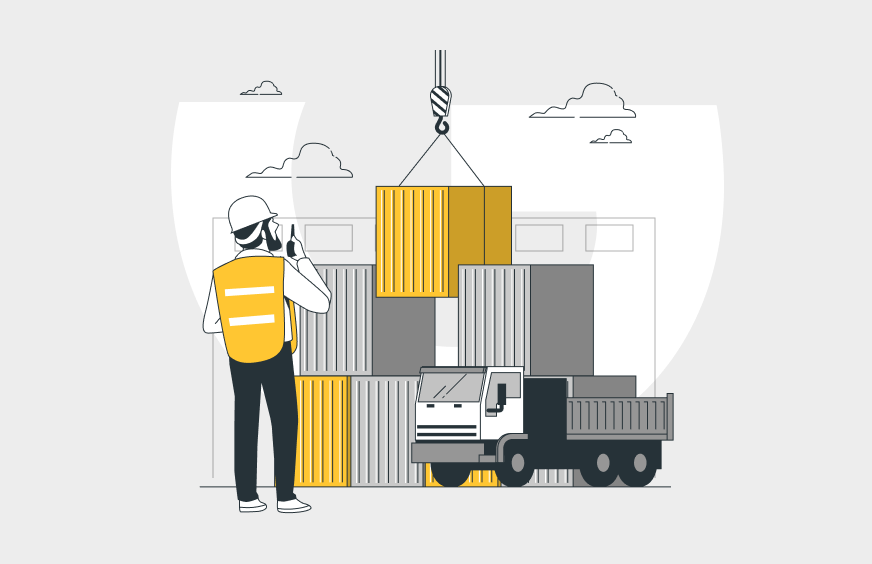
What is a Bill of Lading?
The Bill of Lading (BoL) is one of the most critical transportation documents. Understanding its importance is essential before exploring how Bill of Lading automation can streamline logistics processes. Recognizing the significance of the BoL underscores the necessity of error avoidance, as even a single mistake can disrupt the intricate workings of the logistics chain.
The Bill of Lading (BoL) is the king of documents in the logistics world. It serves as a receipt, a contract, and a document of title, detailing the type, quantity, and destination of the goods being shipped. Essential for both legal and operational purposes, it ensures that shipments are handled correctly and delivered as agreed. Depending on the mode of transport and region, it may also be referred to as an air waybill, sea waybill, or multimodal bill of lading.
Key tasks in logistics include proper handling and delivery of cargo, invoicing, and compliance with legislation. Ensuring that goods are picked up and delivered accurately as per the Bill of Lading is crucial for the proper handling and delivery of cargo. Invoicing involves generating accurate invoices based on the cargo details and shipping terms. Compliance with legislation requires that all shipments are properly documented to meet legal requirements.
Given that the BoL is central to logistics operations, having Bill of Lading software is crucial. Such software automates processes and eliminates human error.
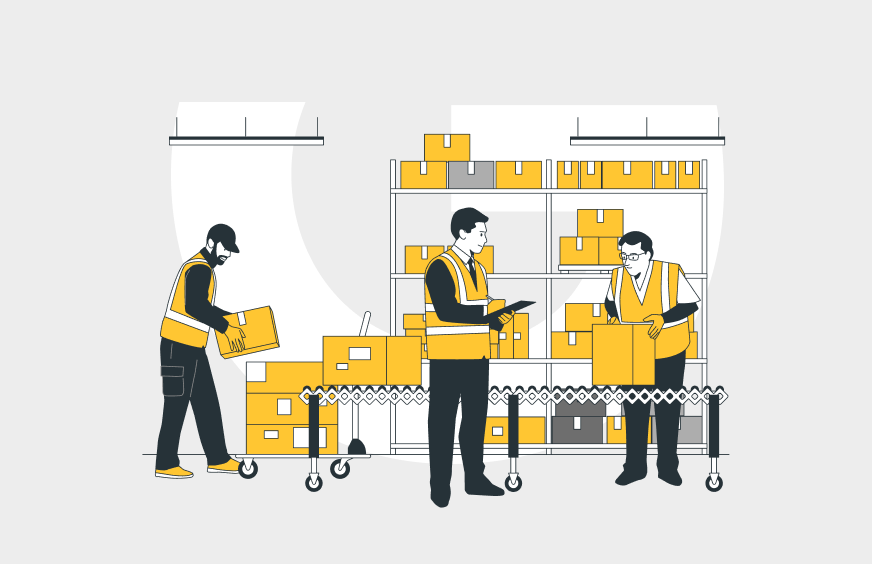
Lessons from the US Trucking Industry on Bill of Lading Efficiency
In the logistics industry, advanced technology solutions like AI-driven IDP platforms play a crucial role in enhancing efficiency and visibility. By addressing the challenges of unscheduled pickups and ensuring real-time data processing, companies can maintain high service levels, reduce errors, and comply with legal requirements.
Let’s examine the US trucking industry to understand the document processing struggles faced by logistics companies and how automation and IDP solutions can drastically improve the situation.
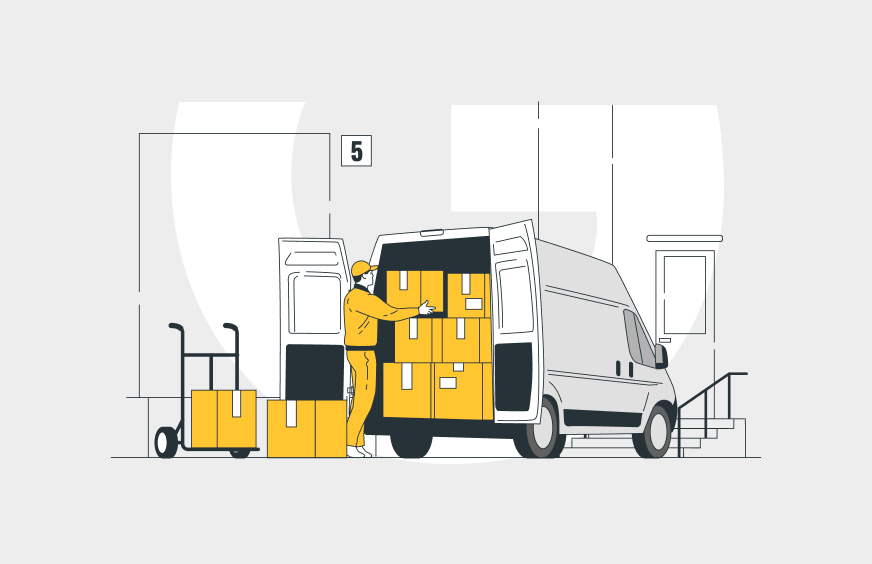
The logistics industry in the US, heavily reliant on trucking due to geographical limitations and a less robust rail network, can be divided into three main segments:
- Full Truck Load (FTL): In this segment, a single shipper has enough commodities to fill an entire truck, moving them from point A to point B. The process is straightforward with a single shipping document, which simplifies logistics operations.
- Less Than Truckload (LTL): This segment is the largest, involving multiple shippers whose combined goods do not fill a truck. Trucks follow scheduled services from point A to point B, often carrying 50-60 different shipments, each requiring a separate bill of lading. This complexity necessitates precise handling and documentation.
- Vehicle Leasing: This segment involves leasing trucks for various purposes, providing flexibility to shippers who do not own their fleets.
The logistics process typically begins with a request for shipment pickup. In the industry, around 55-60% of these pickups are scheduled, meaning the dispatch team knows in advance and informs drivers accordingly. However, the remaining 40% are unscheduled “ghost shipments,” where drivers, based on routine, pick up shipments without prior notice to the company.
This lack of visibility creates several challenges:
- Invisibility of Ghost Shipments: Without prior notice, logistics companies lack real-time visibility into what is being picked up, leading to difficulties in planning.
- Planning Inefficiencies: Without knowing the total number of packages and weights, companies struggle to plan nightly dispatches effectively, whether it’s determining the number of trucks needed or deciding on shipment priorities.
To overcome these challenges, companies are turning to advanced technology solutions. One such solution involves equipping drivers with handheld imaging devices to capture and upload shipment documents immediately upon cargo pickup. In the past, manual processing followed after drivers snapped photos of the paperwork. Now, with the advent of automation tools, this process has evolved.
Some logistics companies have embraced IDP solutions and Bill of Lading software, achieving a 70% recognition rate. However, the remaining 30% still requires manual verification, which is a significant portion. Despite this, integrating IDP into the process reduces overall time spent and minimizes errors. For instance, when processing 40 documents a day, achieving a 70% recognition rate with IDP significantly cuts down the time drivers need to spend on paperwork. With more sophisticated IDP systems, the recognition rate could reach 98%, further enhancing efficiency.
This advancement enables the system to update operating terminals in real-time, providing clear visibility into incoming shipments, including their destinations and quantities.
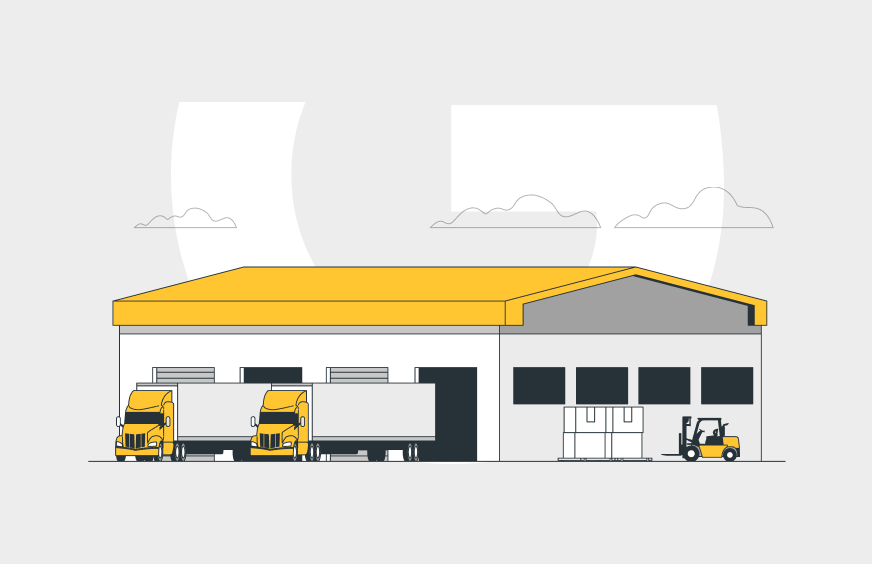
Impact on Efficiency
- Error Reduction: By automating data capture and processing, the solution reduces human errors, ensuring accuracy in documentation.
- Speed and Reliability: The system provides real-time visibility, enabling timely decisions and maintaining a constant level of service.
- Compliance: Ensures all legal documentation is in place and up-to-date, reducing the risk of compliance issues.
How Graip.AI Transforms the Bill of Lading processing
Graip.AI is an AI platform equipped with a range of pre-packaged use cases, aimed at transforming manual, repetitive tasks within enterprises into intelligent, automated workflows. Graip.AI boasts a core functionality centered around Intelligent Document Processing (IDP), catering to logistics businesses of varying sizes.
Graip.AI automates the classification of incoming transport and logistics documents for managerial review and extracts essential information, including that needed for Bills of Lading and CMRs. It features configured notifications to alert drivers or relevant parties about missing data after processing. Additionally, Graip.AI supports the creation of new documents in third-party systems, using extracted data and predefined logic and algorithms.
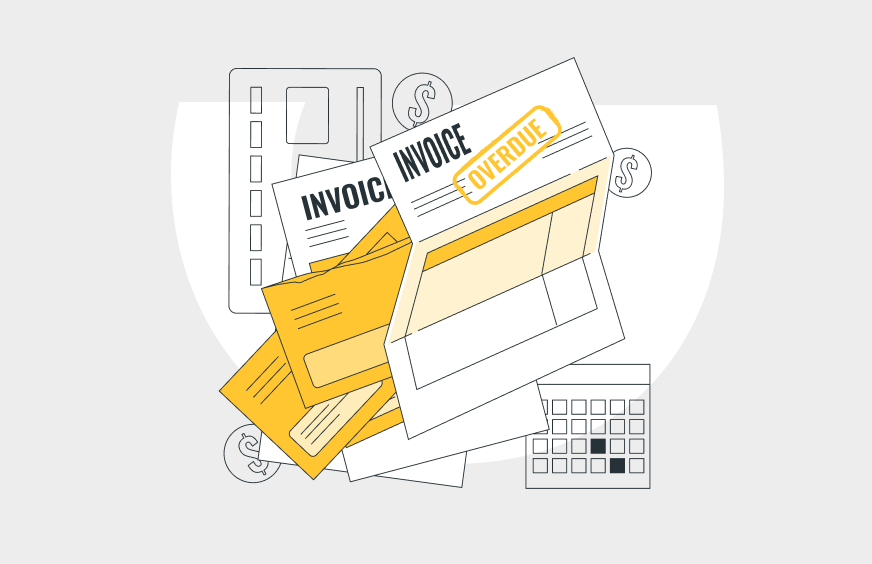
How does it work?
When a document is uploaded to Graip.AI by a driver or company employee, the platform first validates its visual quality using a user interface designed specifically for drivers. If the quality is below the set threshold, Graip.AI immediately notifies the driver through this UI, prompting them to retake and upload a clearer photo.
Graip.AI then processes the document using OCR and ML technologies, along with a post-processing engine. Users can manually verify the accuracy or enable Graip.AI to automatically send notification messages (via emails) to document senders about any missing or incorrect information.
The complexity of handling BoLs lies in their quality and the multilayered nature of the information, including extracting data from stickers and other overlays. The Graip.AI model for the logistics industry is the most advanced in the field, capable of processing documents of any complexity.
Additionally, if a company has multiple approvers for the Bill of Lading processing workflow, Graip.AI can be configured to reproduce such company’s approval rules and practices. If management needs an aggregated data overview for a specific period, this data can be displayed in real-time through various formats such as dashboards, Excel spreadsheets, or data visualization tools.
Finally, recognized and extracted data from the BoL can be transferred to CRM, financial, or ERP systems to automatically update related documents like invoices, purchase orders, and insurance policies.
Here’s how the Graip.AI platform can transform the transportation business:
- Reduces processing time, increases data accuracy, and improves cargo handling efficiency.
- Minimizes errors and increases trust with partners and customers.
- Automatically translates and transliterates data from transportation documents from/to 140 languages.
- Provides an automatic classification of multiple types of transportation/logistic documents with configurable workflow for each type.
- Optimizes the use of resources.
Power of Graip.AI: Turning Inconsistency into Consistency
Industry experts won’t allow us to exaggerate: in the transportation field, variability and inconsistency are inevitable, to a certain extent, of course, unless companies heavily automate their processes. And there are bespoke solutions that reshape the landscape of Bill of Lading software, marking a paradigm shift in the industry. Let’s look into how Graip.AI can make Bill of Lading processing easy.

Flexible Verification
Graip.AI offers users the flexibility to choose between manual verification and automated error detection. Users can opt to manually verify extracted data for accuracy or rely on Graip.AI to automatically generate email notifications, flagging any missing or incorrect information to the document sender. This ensures meticulous attention to detail without compromising on efficiency.
Advanced Image Handling
Graip.AI sets itself apart with its advanced image handling capabilities. From recognizing handwritten text to deciphering non-vertical photos and blurry images, Graip.AI tackles even the most challenging documents with ease. Its ability to decode overlapped text sections further enhances its prowess, ensuring accurate data extraction from diverse sources.
External/Internal Data Matching
Graip.AI seamlessly integrates with internal databases such as Customer Relationship Management (CRM) or Enterprise Resource Planning (ERP) systems, enabling seamless matching of extracted data against existing records. Moreover, Graip.AI extends its capabilities to external data sources, facilitating matching with customs authorities or freight forwarding platforms, and ensuring comprehensive data validation.
Сontinuous Model Training
A frequent question is how Graip.AI adapts to new data. The platform continuously retrains its model to improve accuracy and efficiency, ensuring it remains the most advanced solution in the industry for processing complex logistics documents.
Graip.AI Request Version
Graip.AI includes the Graip Request Version feature, allowing users to compare different document versions. This capability helps track changes made to documents, ensuring transparency and accuracy throughout the processing lifecycle.
Graip.AI Q&A Platform
Graip.AI has its Q&A platform, which empowers users with instant access to vital information. For instance, users can inquire about the current location of a shipment simply by posing a question. Graip.AI promptly responds, leveraging insights from Bill of Lading Automation to provide accurate and timely updates, fostering informed decision-making and proactive logistics management.
Adapting Graip.AI to fit your Logistic Needs: Customization and Integration
Integration with Graip.AI is facilitated through robust capabilities, enabling seamless connection with the customer’s existing business software. Utilizing the API, Graip.AI can be easily integrated with software applications, ensuring smooth data synchronization and streamlined workflows.
Native integration with leading ERPs such as SAP and Salesforce ensures compatibility and simplifies data management across systems. Additionally, Graip.AI seamlessly integrates with leading RPA solutions, allowing logistics companies to leverage AI-powered capabilities without altering their current RPA tools.
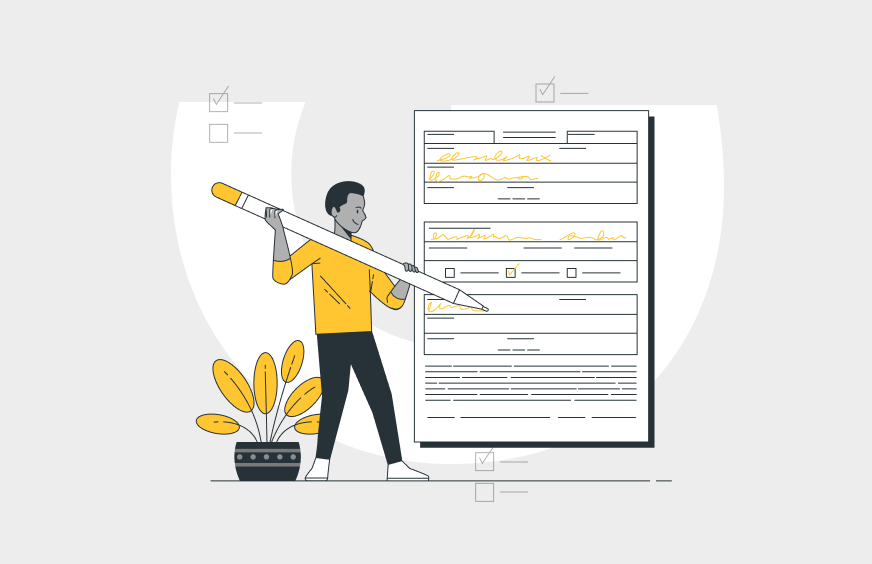
While integrating Graip.AI with an AS/400 for Bill of Lading processing is a significant step forward, there are three other popular third-party solutions that Graip.AI’s team could integrate with to provide a more comprehensive BoL handling solution:
- Trade Management Systems: Examples include Oracle Transportation Management.
- Customs Management Systems: Solutions like GT Nexus.
- Freight Forwarding Platforms: Such as Flexport.
Address extraction from documents can be a tedious task, often plagued by inconsistencies and errors. However, with Graip.AI’s integration with the Google Maps API, this process becomes effortless. Leveraging the power of Google Maps, Graip.AI validates extracted addresses in real-time, ensuring accuracy and efficiency.
One distinctive feature of Graip.AI is its low-code nature, eliminating the need for end-users to possess programming skills. The platform enables easy customization of the Request Layout without any code, allowing users to modify fields, assign default values, and configure dropdown options effortlessly.
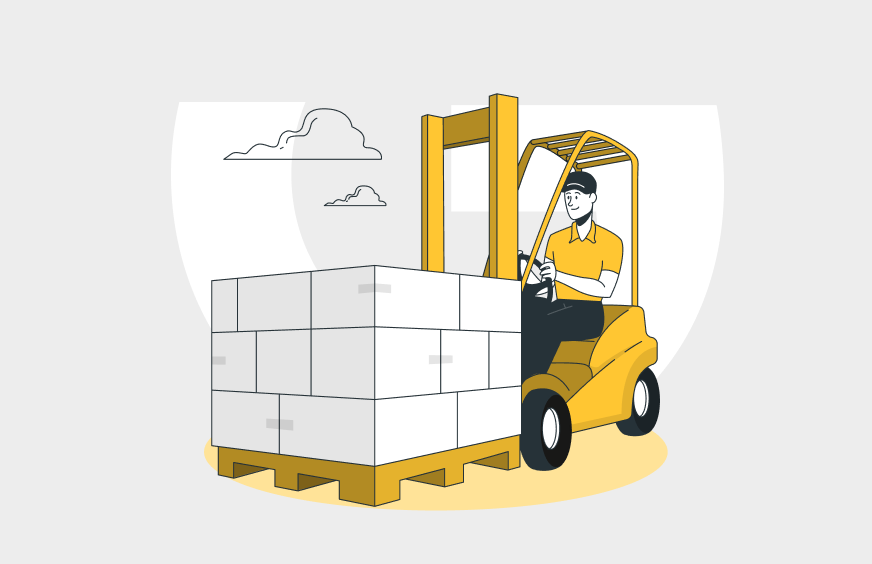
Wrapping Up
The introduction of Bill of Lading automation, facilitated by AI-driven Intelligent Document Processing, marks a pivotal moment in the evolution of logistics. This cutting-edge technology doesn’t just reshape operations – it redefines what’s possible in the world of transportation.
With Graip.AI leading the charge, the mundane becomes extraordinary, and the ordinary becomes exceptional. Graip.AI doesn’t just offer automation; it promises a revolution. By seamlessly integrating with existing systems, it streamlines processes, reduces errors, and ultimately rewrites the rulebook on logistics excellence.
Through automating the previously manual process of collecting, classifying, validating, reconciling, and exporting data from logistic documents with Graip.AI, company employees may only need to monitor the progress of shipments, intervene only in real problems and delays, and concentrate their efforts on operational activities.
Watch the video: Bill of Lading Processing
